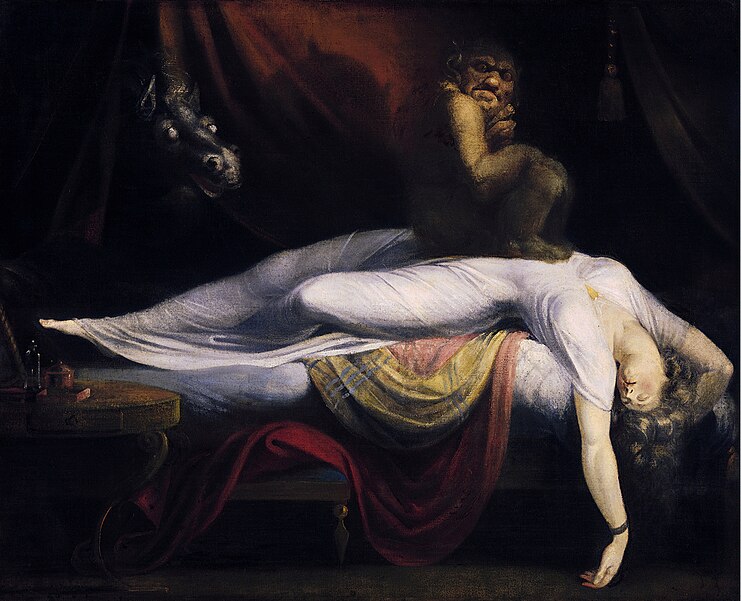There are many interesting medical facts regarding sleep, but there are strange pathologies that stand out even more from them.
Sometimes, cases resembling sleepwalking are reported, where the patient unconsciously has sexual intercourse with someone else. After waking up, the patient has no recollection of the event, and thus may face a very awkward situation the following morning.
Sexsomnia, or sleep sex, is a rare sleep disorder; to be more specific, it is a type of NREM parasomnia (performing complex actions while asleep). This disorder is quite different from REM sleep disorder, as no dreaming occurs during NREM sleep. Therefore, the sexual behaviour is not due to the influence of an erotic dream, but rather the primitive brain functions acting on basic instincts, as higher brain functions are shut down during NREM sleep. According to reports, sexsomniacs act almost lucidly during episodes.
As it was discovered quite recently, less than 15 years ago, it is under heavy research. However, due to patients feeling too ashamed of the disease or not remembering the events, the number of reported cases is low.
This disease is not directly harmful to the patient, but it can be very problematic socially. It ruins relationships and may even lead to rape. But as the law defines rape as “a conscious act”, sexsomnia is often used as a defence in trials. It is important to note that it occurs in both men and women. Within relationships, the general complaint is not that of rape, but rather exhaustion.
Interestingly, as the primitive brain is not being controlled during the episodes, sleep sex is known to be more vigorous than normal sex. Due to this, patients and their partners often exhibit carpet burns.


